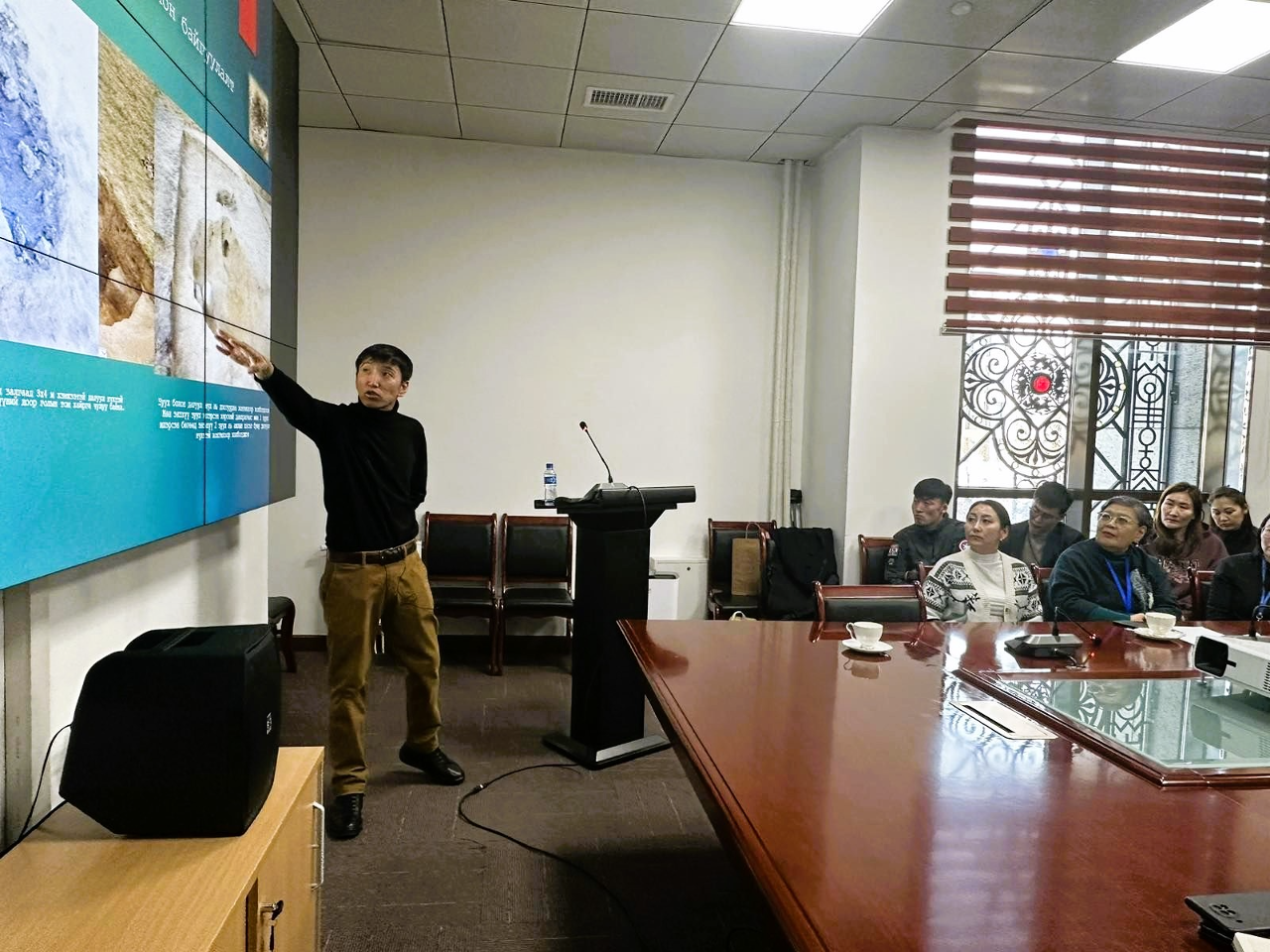
L.Ishtseren: Archaeological findings prove that Xiongnu empire used melted ore to obtain iron
Doctor L. Ishtseren, head of the research department of “Xiongnu and Ancient empire” archaeological institutes in Academy of Sciences gave a lecture named “Iron and Mongolians” today at Chingiss Khaan National museum. The oldest archaeological iron artifacts are found from the end of 5th century BC and the start of 4th century BC. Inside the 53 burials located in Chandmani culture of Ulaangom, the capital of Uvs province was found 37 iron artifacts. These 37 artifacts are consisting of 19 iron knives, 4 battle axes, 2 horse harnesses and the rest has not been yet identified.
There are many facts that proves Mongolians have obtained iron from Xiongnu era. Hard fact is furnace for melting ore. Xiongnu era furnace to melt ore has discovered near Noyon mountain located in Selenge province, Bulag Am. Furnace to melt iron has discovered in 2013 in Tuv province, Mungunmorit sum by researchers joint from Mongolia and Japan has determined that it dates back to 2nd century BC. Researchers also discovered more furnaces to melt iron from Bayan Ulgii province, Deluun sum Kharchirkh, Uvs province Turgen sum Gung, Borgochud, Tsagaanmorit. Xiongnu era furnace to melt ore has been discovered from Dornod province, Bayandun sum, Zuun-Ul. This furnace belongs back from 5th to 4th century BC. These discoveries believed that the ancient empires must obtain ore on their own to make war or make weapons. Xiongnu empire obtained ore on their own. These findings prove that ancient empires made their own weapons not bought.
Charcoal is needed to melt iron ore. And the furnace to melt iron ore discovered in Khovd province, Erdeneburen sum. The answer to how did they obtain iron ore is found in Berg mound ore deposit along the Ikhtugain am near Kherlen river. Ore was mined in winter and melted in summer.
